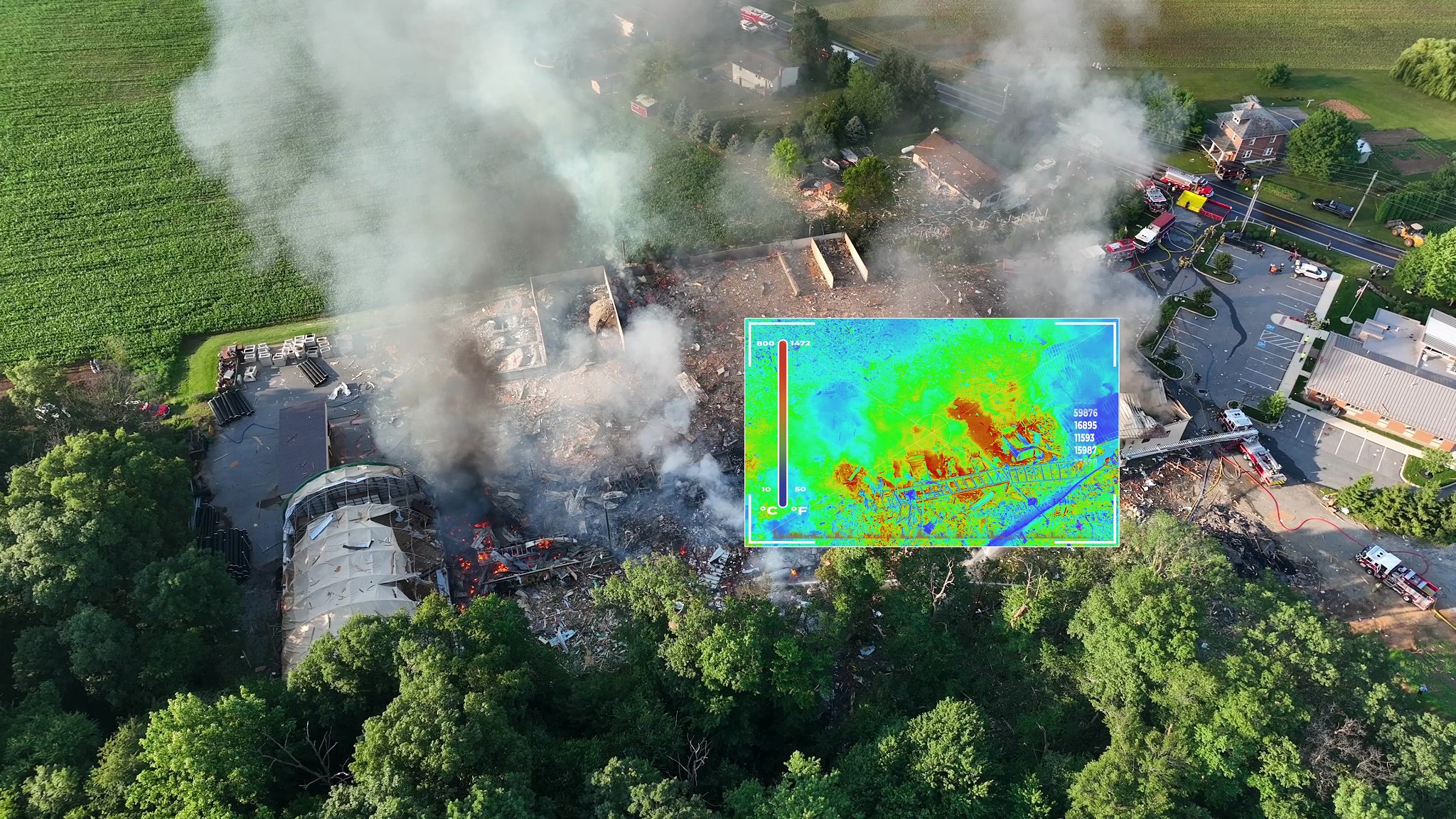Comparing Traditional vs. AI-Powered Structural Assessments: What You Need to Know
Understanding Traditional Structural Assessments
Traditional structural assessments have been the backbone of the construction and engineering industries for decades. These assessments are typically conducted by experienced engineers who physically inspect structures to evaluate their condition. The process involves detailed visual inspections, measurements, and sometimes testing materials to determine the integrity of a structure. While effective, this method can be time-consuming and labor-intensive, often requiring multiple site visits and extensive documentation.
One of the main advantages of traditional assessments is the expertise and intuition of seasoned professionals. Engineers can often spot subtle signs of wear and tear that automated systems might miss. However, human error can occur, especially when assessments are rushed or conducted under stressful conditions. Furthermore, the reliance on manual documentation can lead to inconsistencies in reporting.

The Rise of AI-Powered Structural Assessments
With advancements in technology, AI-powered structural assessments have emerged as a modern alternative. These systems utilize artificial intelligence to analyze data collected from various sensors and drones, providing a comprehensive overview of a structure's health. AI can process vast amounts of data quickly, identifying potential issues that may not be visible to the naked eye.
AI-powered assessments offer several benefits, including enhanced accuracy and efficiency. By using machine learning algorithms, these systems continually improve their assessment capabilities, becoming more accurate over time. Additionally, the use of drones allows for inspections in hard-to-reach areas, reducing the need for scaffolding or other equipment that may pose safety risks.

Comparing Accuracy and Efficiency
When comparing traditional and AI-powered assessments, accuracy and efficiency are critical factors. Traditional methods rely heavily on the skill and experience of individual engineers, which can vary significantly. In contrast, AI systems provide consistent results, minimizing human error.
AI-powered assessments are generally faster, as they can analyze data in real-time and provide instant feedback. This speed can be crucial in situations where quick decision-making is necessary to prevent further damage or ensure safety. However, it is important to note that AI systems are only as good as the data they receive; poor data quality can lead to inaccurate results.
Cost Implications
The cost of structural assessments is another crucial consideration. Traditional assessments often involve significant labor costs due to the time required for manual inspections. Additionally, any delays in assessment can lead to increased project timelines and associated costs.

AI-powered assessments can reduce these costs by streamlining the inspection process. While there may be initial investments in technology and training, the long-term savings in labor and time can be substantial. Companies that adopt AI technology may find themselves at a competitive advantage due to reduced overheads and faster project completions.
Integration Challenges and Considerations
Despite the benefits, integrating AI into structural assessments presents challenges. Organizations need to ensure that their teams are adequately trained to use new technologies effectively. There may also be resistance to change from professionals accustomed to traditional methods.
Furthermore, data security is a significant concern when using AI systems. Companies must implement robust cybersecurity measures to protect sensitive information collected during assessments. Regulatory compliance is another factor; organizations must adhere to industry standards and legal requirements when deploying AI technologies.

The Future of Structural Assessments
As technology continues to evolve, the future of structural assessments looks promising. The integration of AI with traditional methods can potentially offer the best of both worlds—combining human expertise with the precision of machine learning. Such hybrid approaches could lead to even more accurate and efficient assessments.
Ultimately, the choice between traditional and AI-powered structural assessments depends on various factors, including budget, project scope, and organizational readiness for technological adoption. As AI technology becomes more accessible and user-friendly, it is likely to play an increasingly significant role in the field of structural engineering.
